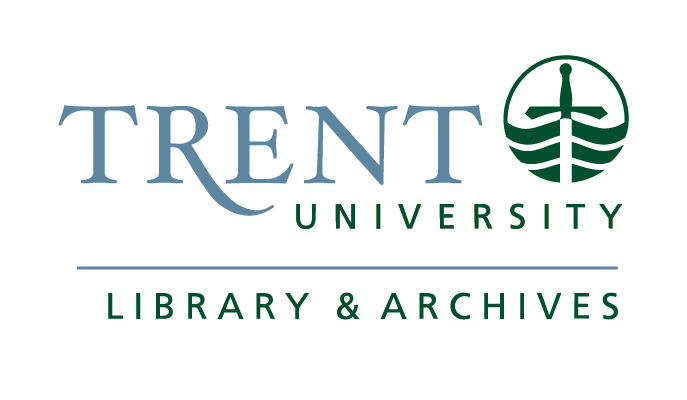Bullet holes in a shop window on Goya Street following the attack on Socialist Luis Jiménez de Asúa by a group of Falangists
Creator: Sánchez García, Alfonso “Alfonso” (1880-1953)
Source:
Biblioteca Virtual de Prensa Histórica, Ministerio de Cultura
Date Created: 1936-03-13
Type: Photograph
Extent: 1 item
40.4167, -3.70358
The cliché that the Second Republic led to an unbearable climate of violence that could only be ended by a military uprising was a myth produced by Francoist propaganda in order to relieve the generals who rebelled on 18 July of blame. This does not mean, however, that recurring violence did not have serious consequences for political life during the Republic. Violence undermined the legitimacy of governments and institutions, strengthened the most radicalized group, encouraged the increase in state repression, and fed citizens’ lack of confidence in democracy.
There were many actors who advocated and practiced violence as a way to achieve their goals and improve their position in the political arena. In this way, a culture of violence that crossed political lines in which the rejection of of legality and institutional channels and the representation of opponents as enemies with whom it was impossible to compromise or even live together neither compromise developed. Apologies for the use of force were intimately connected to the instrumental concept of democracy, in which its was seen as valuable only as a way of achieving specific goals and was associated with the exclusive exercise of power, that became popular in those years.
The quantitative studies of political violence during the Republic have produced a figure of more than 2,600 deaths. The violence increased over the course of the first biennium, with the most serious and striking episodes being the burning of convents in May 1931, the massacres of Castilblanco and Arnedo (January 1932), the two anarcho-syndicalist insurrections, and General Sanjurjo’s failed military uprising in August 1932.
The period of the Radical-CEDA governments was the most lethal. The explosive combination of the radicalization of the Socialists and the armed actions of the Falange produce dan explosion in the number of politically-motivated murders. The most significant conflicts were the third libertarian rebellion (December 1933), the agricultural general strike of June 1934, and, above all, the revolution of October 1934 which, along with the subsequent repression, caused at least 1,300 deaths.
The most persistent and destabilizing political violence came during the long spring of 1936. The electoral victory of the Popuar Front sparked a cycle of ongoing mobilization: demonstrations, anticlerical arson attacks, land occupations, and strikes. However, most of the deaths came from the increased activities of gunmen (pistolerismo), of which the murders of judge Manuel Pedregal, Lt. José del Castillo and right-wing politician José Calvo Sotelo were the most outstanding examples. The photograph, which was published in the La Libertad newspaper on 13 March 1936, shows the bullet holes left in the window of a shop on Goya Street during the attempt by a group of Falangist to murder Socialist university professor Luis Jiménez de Asúa the day before.
SVM







